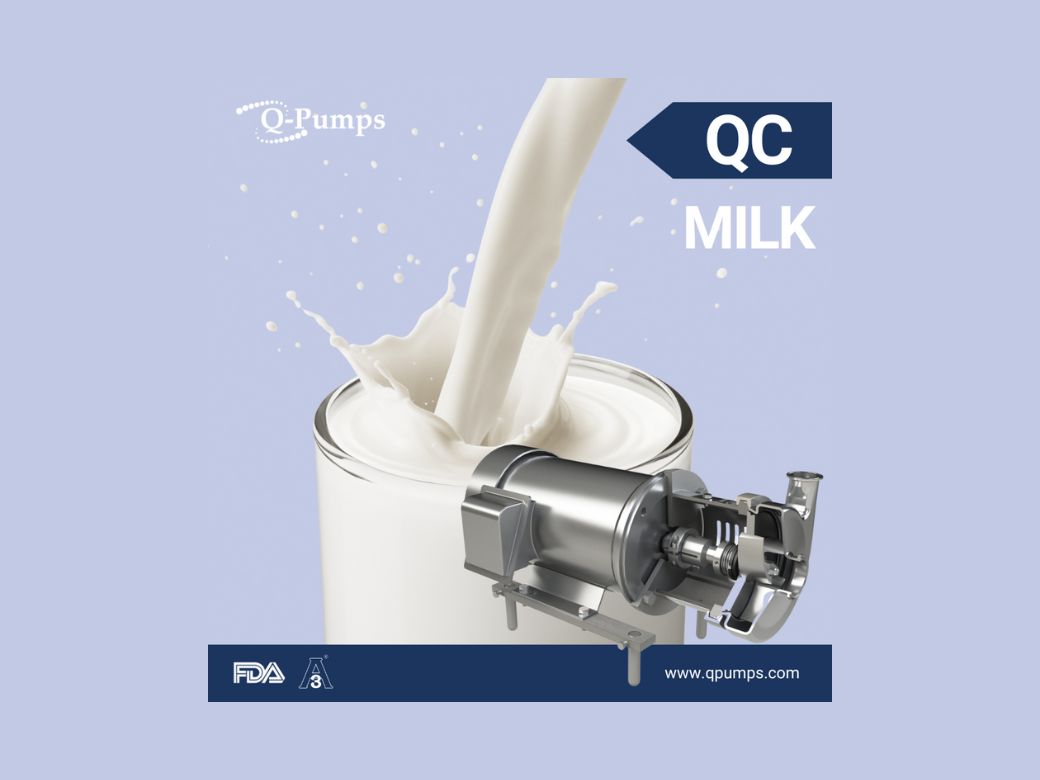
Discover the factors determining milk viscosity, how to measure it, and its impact on industrial processes. Technical data and practical applications.
The viscosity of milk is a key property influencing texture, processing, and final quality. From yogurt production to UHT milk packaging, understanding this parameter is essential for the dairy industry. This article explores its definition, measurement methods, and practical relevance.
Need equipment to measure viscosity in your plant?
Request free technical consultation
-
What is the Viscosity of Milk?
Viscosity is defined as a fluid’s resistance to flow. In milk, this value depends on:
- Fat content: Whole milk (3.5% fat) vs. skim milk (0.1%).
- Temperature: Lower temperature increases viscosity.
- Proteins: Casein and whey affect colloidal structure.
Key Fact: Typical milk viscosity at 20°C is 1.5–2.5 mPa·s (similar to water), varying with composition.
-
Factors Affecting Viscosity
2.1 Milk Composition
|
Component |
Impact on Viscosity |
|
Milk fat |
Increases viscosity (emulsion) |
|
Proteins |
Elevates flow resistance |
|
Lactose |
Minimal effect |
2.2 Industrial Processes
- Homogenization: Reduces fat globule size, lowering viscosity.
- Pasteurization: Alters proteins, changing values by ±10%.
- UHT: Higher temperature = temporary viscosity reduction.
Example: Condensed milk reaches 10–15 mPa·s due to high solids content.
-
Measurement Methods
3.1 Rotational Viscometers
- Principle: Measure torque to rotate an immersed spindle.
- Standards: ISO 16525 (for dairy).
- Accuracy: ±1% with proper calibration.
3.2 Capillary Rheometers
- Use: Ideal for concentrated or solid-containing milk.
- Advantage: Detect Newtonian or non-Newtonian behavior.
Sanitary Industrial Pumps: How to Choose the Right One?
-
Importance in the Dairy Industry
4.1 Quality Control
- Yogurt: Optimal viscosity = 500–1,000 mPa·s for creamy texture.
- Cheese: High values (≥2,000 mPa·s) ensure uniform coagulation.
4.2 Process Efficiency
- Pumping: Milk with viscosity >3 mPa·s requires lobe or positive displacement pumps.
- Packaging: Precise fluidity for automated filling.
-
Comparison: Viscosity of Dairy Products
|
Product |
Viscosity (mPa·s at 20°C) |
|
Whole milk |
2.0–2.5 |
|
Skim milk |
1.5–1.8 |
|
Cream (30% fat) |
8–12 |
|
Condensed milk |
10–15 |
|
Liquid yogurt |
300–500 |
-
How to Optimize Viscosity in Your Plant
- Continuous monitoring: In-line sensors for process adjustments.
- Thermal control: Maintain 4–8°C during storage.
- Pump selection: Lobe or positive displacement pumps for high viscosities.
Need guidance?
Schedule a Consultation with Our Experts. |
Understanding milk viscosity enables:
✓ Enhanced quality in dairy products.
✓ Cost reduction from minimized reprocessing.
✓ Compliance with FDA and EU standards.
Investing in measurement and control equipment is crucial for global dairy competitiveness.
Visualize our: